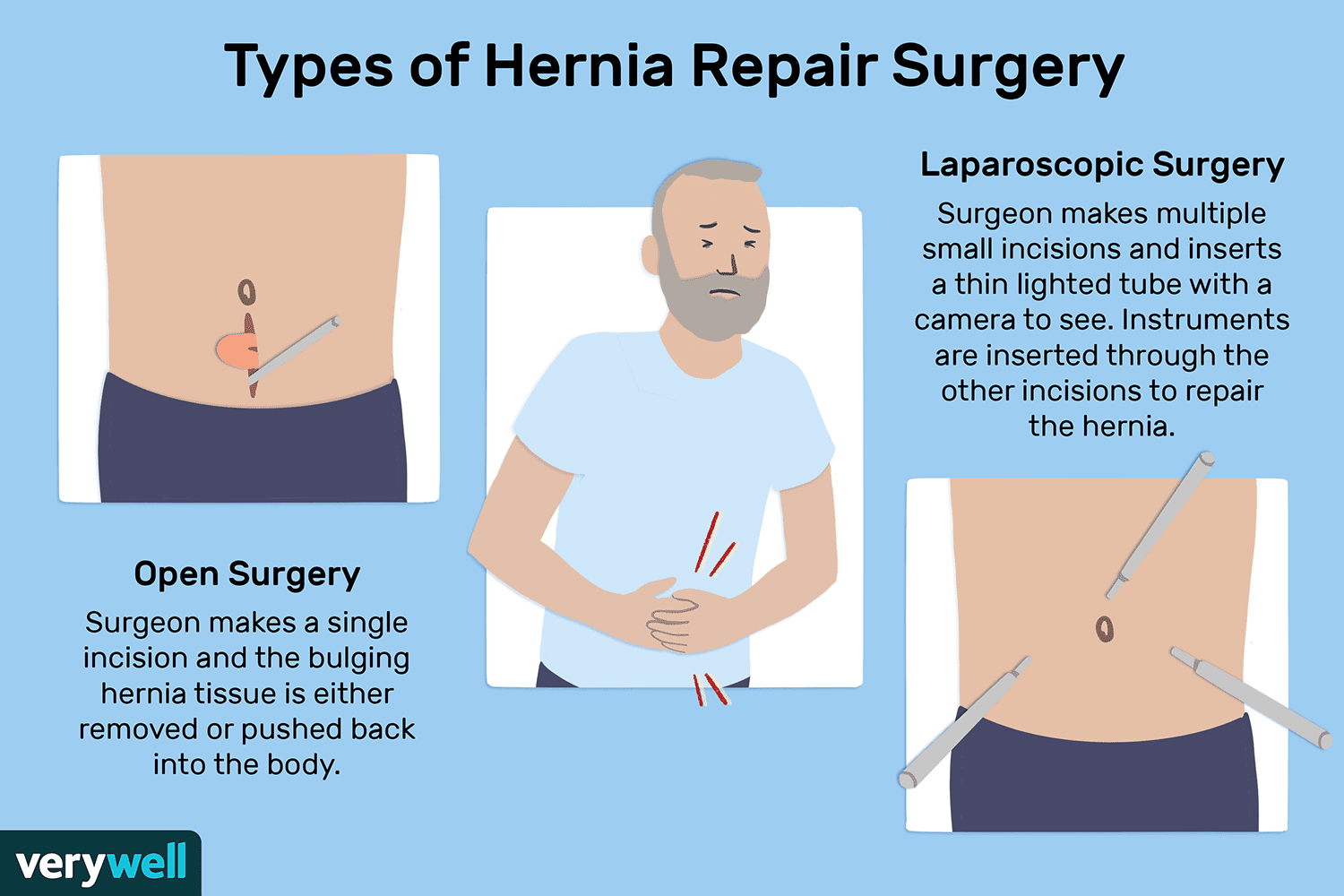Navigating Hernia Surgery Understanding Treatments and Recovery
Despite being frequent, hernias can be uncomfortable and interfere with regular activities. Thankfully, a variety of hernia repair therapy options are now available because to advancements in medical technology. This article examines several hernia surgery options and offers information on the operations and the ensuing recuperation period.
Understanding Hernias
An organ or fatty tissue can herniate when it pushes through a hole or weak point in the surrounding muscle or connective tissue. Umbilical hernias, which are located around the belly button, incisional hernias, which are caused by an incision or scar, and inguinal hernias are common forms.
Treatment Options:
- Hernia Repair Surgery:
Open Repair: In this traditional approach, the surgeon makes a large incision near the hernia site to push the bulging tissue back into place and reinforce the weakened muscle with stitches or a mesh.
Laparoscopic (Minimally Invasive) Repair: This method involves small incisions through which a laparoscope and specialized tools are inserted. The surgeon then repairs the hernia using either stitches or a mesh.
2 . Robotic-Assisted Surgery:
Utilizing robotic technology, surgeons perform hernia repair with enhanced precision through small incisions. This approach allows for 3D visualization and improved maneuverability, contributing to quicker recovery and reduced scarring.
3. Mesh Repair:
Mesh is often used in hernia surgeries to provide additional support to weakened tissues. It can be placed over the defect during open or laparoscopic procedures. The mesh reinforces the area, reducing the risk of hernia recurrence.
Factors Influencing Treatment Choice
- Hernia Type and Size:
- The type and size of the hernia play a crucial role in determining the most suitable treatment. Larger or more complex hernias may require a more extensive surgical approach.
- Patient’s Health and Age:
- The overall health and age of the patient are significant factors. Minimally invasive approaches like laparoscopic or robotic surgery may be preferable for older individuals or those with underlying health conditions.
- Surgeon’s Expertise:
- The surgeon’s expertise and familiarity with different surgical techniques influence the choice of procedure. Patients should seek out surgeons experienced in the specific type of hernia repair.
Recovery Process
- Postoperative Care:
- After hernia surgery, patients are typically monitored in a recovery area before being discharged. Pain management, wound care, and instructions for activity levels are provided.
- Activity and Exercise:
- Gradual resumption of normal activities is encouraged, with a focus on avoiding strenuous activities during the initial recovery period. Light exercises to strengthen the abdominal muscles may be recommended.
- Dietary Considerations:
- A balanced and easily digestible diet is crucial during recovery. Adequate hydration, fiber intake, and avoidance of heavy, gas-producing foods contribute to a smoother recovery.
- Follow-Up Appointments:
- Scheduled follow-up appointments with the surgeon are essential to monitor healing, address any concerns, and ensure a successful recovery.
Common Recovery Challenges
- Pain and Discomfort:
- Pain at the incision site is common but can be managed with prescribed medications. It typically diminishes over time.
- Swelling and Bruising:
- Some swelling and bruising are expected but should subside in the days and weeks following surgery.
- Activity Restrictions:
- Patients are advised to avoid heavy lifting and strenuous activities for a specified period to prevent strain on the healing tissues.

